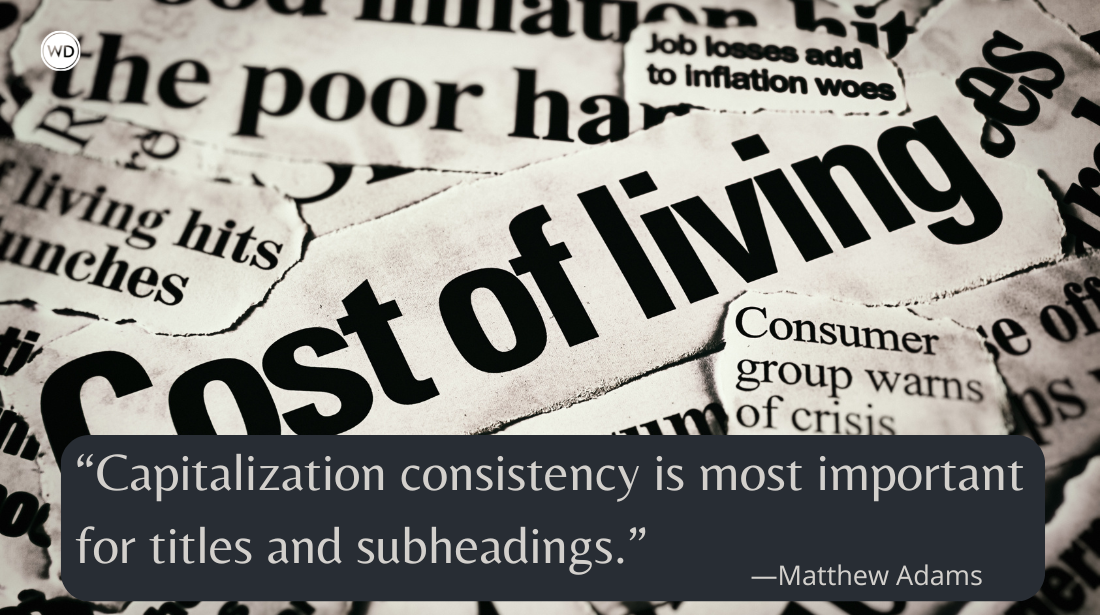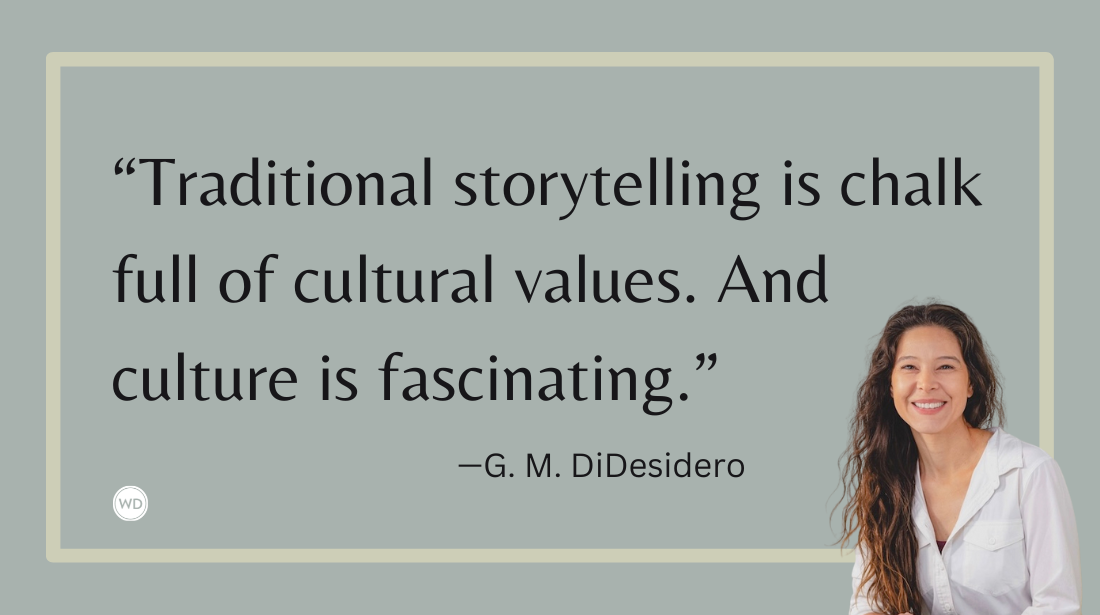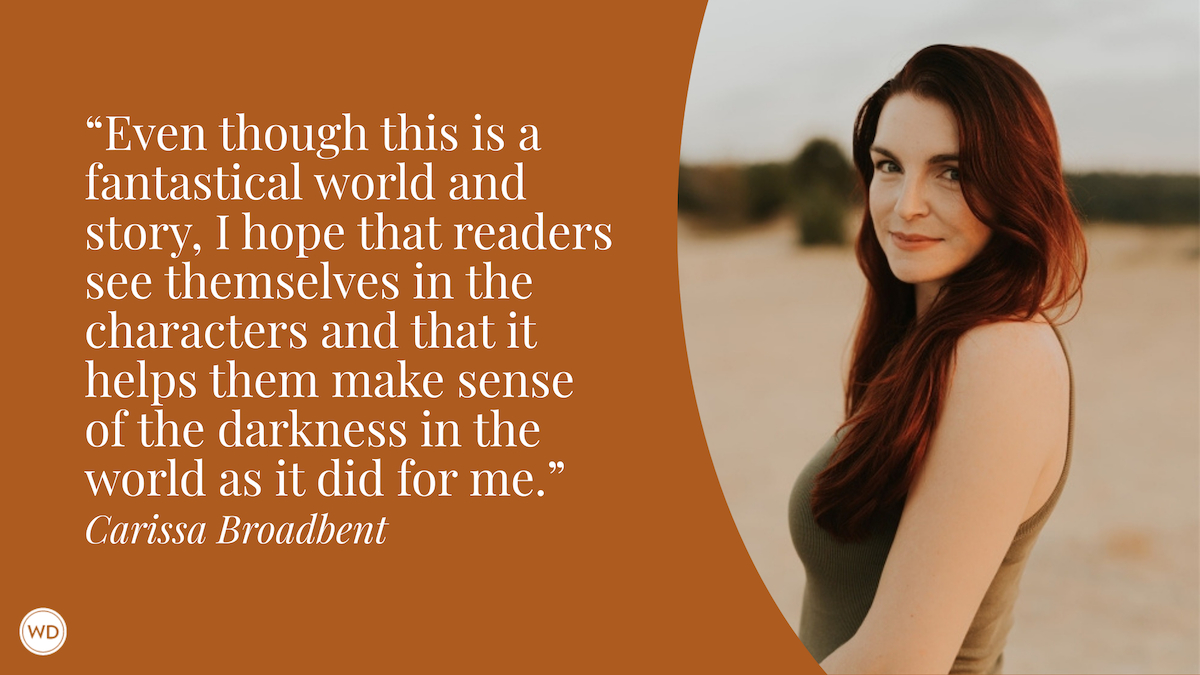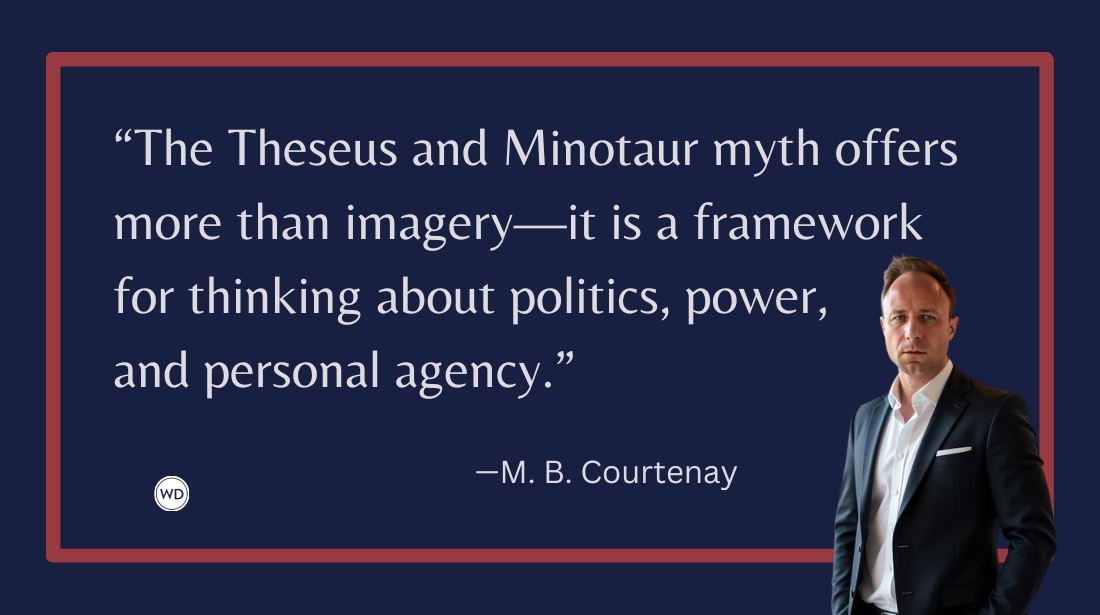How to Write Relatable Inanimate Object Characters in Fiction
Bringing objects to life offers both readers and writers different perspectives on life and a greater sense of empathy—but doing it right is tricky. Here, author Katherine Quevedo shares how to write inanimate object characters in fiction.
Toy Story tells us we’ve got a friend in Woody and Buzz—two iconic, beloved characters with rich emotional arcs. They’re relatable. We can identify with their quirks and foibles, their ambitions and dreams. However, they’re also inanimate objects, operating under different rules than humans. They’ve managed to take hold of audiences’ minds and hearts by striking a balance between the familiar and the strange. We can see a bit of ourselves in them, even as they show us adventures that we mere humans could never undertake in the real world.
By writing from the perspective of objects, fiction writers open themselves up to new realms of creativity. They also bring the reader along to a space of greater empathy. Below are a few tips and tricks to bring your fictional objects to life in meaningful ways for the reader.
Don’t Crank It up to Eleven
Your inanimate object character has certain facets that you can think of as a set of dials you can turn up or down. Like configuring the treble and bass volumes for audio, how you adjust your character’s “settings” will determine how humanlike or not they are for each element. Consider how your inanimate object filters their perspective of the world. And how they communicate with other characters, if at all. And how they move, if at all.
The key to relatability is not turning too many of these dials too far in the same direction at once. If your object character has all the same qualities of a human, it erodes some of the value of why you chose to write them as an object in the first place. It becomes a missed opportunity to craft an unforgettable nonhuman character, one that leads the reader right up to the limits of their empathy and encourages them to stretch beyond those a tad more. At the other end, if your character comes across as too foreign of a mind, too lacking in any human qualities whatsoever, your reader will struggle to forge a true, lasting connection with them.
Constrain Them
When you craft a world where inanimate objects can come to life, as magical as that sounds, restrictions become key. If your object character has limitations in how they move, communicate, or otherwise pursue their goals, it opens up great possibilities for ratcheting up the tension and adding depth to your story. It doesn’t matter if they’re an underdog, a love interest, or a villain. When we see characters struggle, we want to know what happens next.
This is especially effective when you have multiple characters with differing levels of constraint. In The Wonderful Wizard of Oz, the Scarecrow’s challenges with movement (first being tied to a pole, then dealing with his stuffing) aren’t quite the same as those of the Tin Woodman (contending with rust). However, both sets of limitations build sympathy for the characters, enrich their interactions with each other as well as with other characters, and set up plot points that rely on those vulnerabilities.
Give Them Fears
Breakage. Abandonment. Harm to loved ones. You can make your story crackle with tension if your object character harbors a deep-down fear that they either admit through the course of the story, or reveal to us without realizing. Make this phobia something rooted in the essence of what they are. For example, in the film adaptation of The Brave Little Toaster, the appliances fear things like falling into water, getting disassembled, or being thrown out as trash. Do we witness them confronting these fears at one point or another? Absolutely.
It seems counterintuitive, but most likely, the more you enmesh your character’s fear into the core of their objecthood, the more it will resonate with the reader. For instance, when we see the doll Jessie in Toy Story 2 cowering at the thought of being trapped in storage, it touches a deep current of loneliness that lives inside each of us.
As you explore the potential for inanimate objects as characters, you’re sure to pick up new tools for your writer toolbox: new ways of introducing personalities and perspectives, creative plot points that could only happen because of these types of characters, innovative word choice and metaphors. You may find that these characters’ experiences and emotions reflect our own in startling, memorable, and even profound ways.









